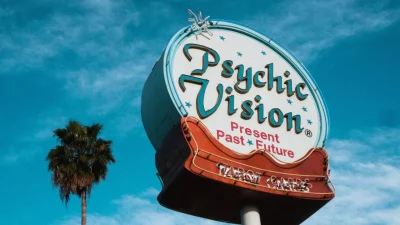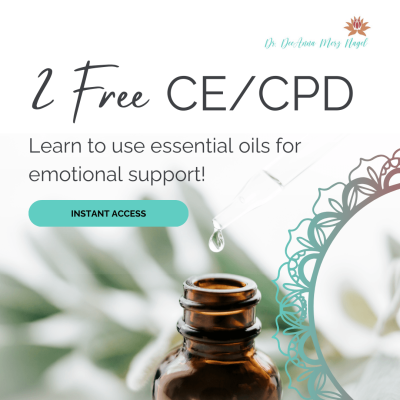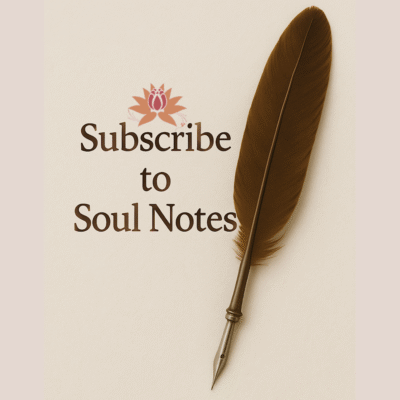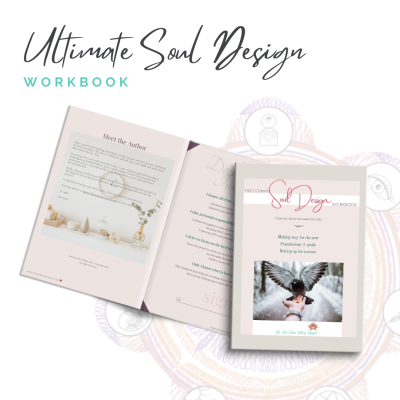
As intuitive guides, coaches, and healers, we all receive moments of insight — flashes of knowing, subtle impressions, intuitive “downloads.” Some call them hits, others call them callings (as in the television series Manifest). Whatever name you use, these moments can feel powerful.
But the real question is: What do you do with the information?
When guiding others, the task is not only to receive insight but to share it — or not share it — in ways that are intentional, mindful, and discerning.
The Intuitive Toolbox
We each carry a unique intuitive toolbox. Yours may include:
-
Clair senses (clairvoyance, clairaudience, clairsentience, claircognizance)
-
Divination tools (oracle cards, tarot, crystals, pendulums, essential oils)
-
Expressive practices (journaling, automatic writing, poetry, artmaking)
-
Healing modalities (coaching, counseling, Reiki, massage, spiritual direction)
-
Creative expression (music, sound therapy, vision boards, painting)
These tools are deeply personal — they help you interpret the information you perceive. But here’s the key: the information often arrives for you first as the guide.
Being Before Doing
Especially early in a relationship, the most powerful stance is presence. Ego wants to “do” — to impress, to demonstrate insight, to validate itself. Intuition in service to healing often asks us simply to be: to listen, witness, and hold space.
Building trust and rapport creates the fertile ground where tools can later be used with discernment.
An Example: Aura Reading
Imagine you see a client’s aura as black. Ego may rush in with:
“I see your aura is black. That usually means unforgiveness — which may explain your illness.”
But discernment reframes the experience:
“Sometimes in life we carry resentments or struggle to let go of past hurts. As I share that, does anything come to mind for you?”
This approach shifts the focus from proclamation to invitation. Instead of imposing meaning, you open space for the client’s own story to surface.
When to Hold Back
Not every download is meant to be spoken. Early impressions, especially, may be guideposts for you as the practitioner, not messages to deliver. Think of them as markers to hold lightly while rapport develops.
Other times, your intuitive information may be solely for your safety and well-being — a nudge to refer out, protect your energy, or suggest medical consultation.
Discernment means pausing long enough to ask:
-
Is this information for me or for my client?
-
If for the client, how can I share it in a way that empowers, rather than frightens or disempowers?
Turning Insight into a Teachable Moment
If you sense something serious — perhaps that a client’s illness may not resolve — discernment helps you transform raw insight into guidance that heals:
-
Instead of “You won’t survive this,” you might encourage: “What would it be like to live each day more fully, in the present moment?”
By reframing, you offer wisdom without creating fear.
Ego, Intuition, and the Clairs
The ego wants to be right. Intuition seeks to serve. One way to anchor your trust in the information you receive is to notice when multiple clairs show up together.
For example, I am primarily claircognizant (clear knowing). When a knowing is paired with clairsentience (a felt sense) and clairvoyance (an image), I lean in — the convergence is validation.
If you’re unsure, ask your guides for discernment. Trust builds as you experience intuitive patterns repeating and confirming themselves.
Final Word: Stay Intentional
The more tools you have, the more tempting it can be to perform like a magician with endless tricks. But true guidance is not about impressing. It’s about walking alongside others with humility, clarity, and care.
Keep the ego quiet. Let intuition speak. Use your tools wisely. And remember: the deepest healing often arises not from what we say but from how we listen.





